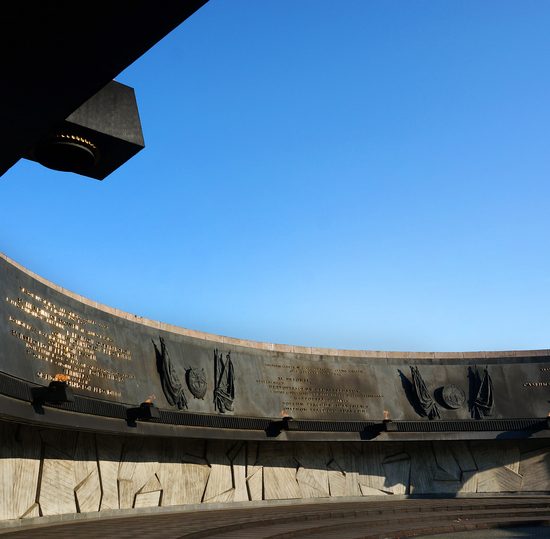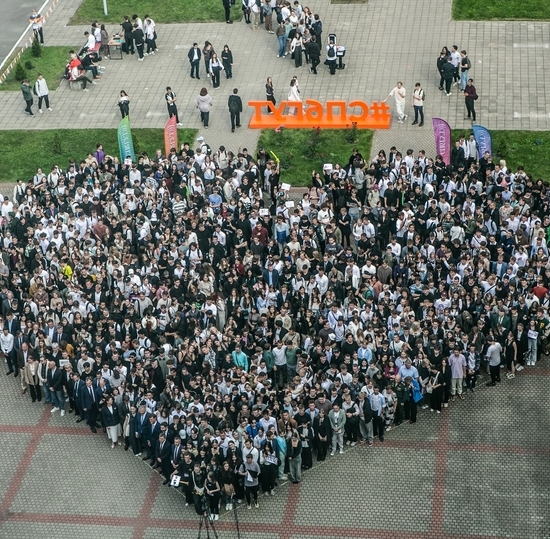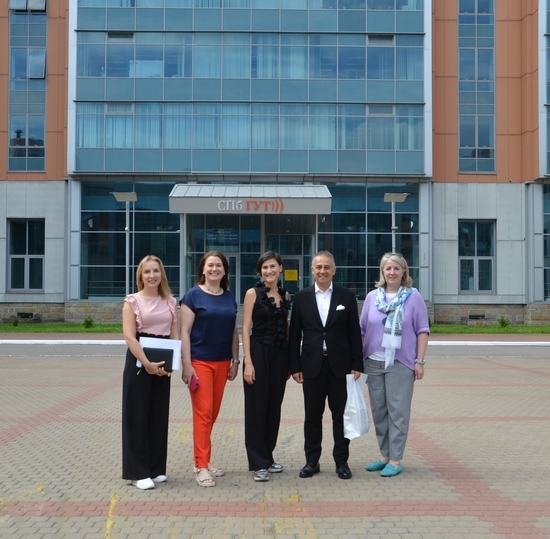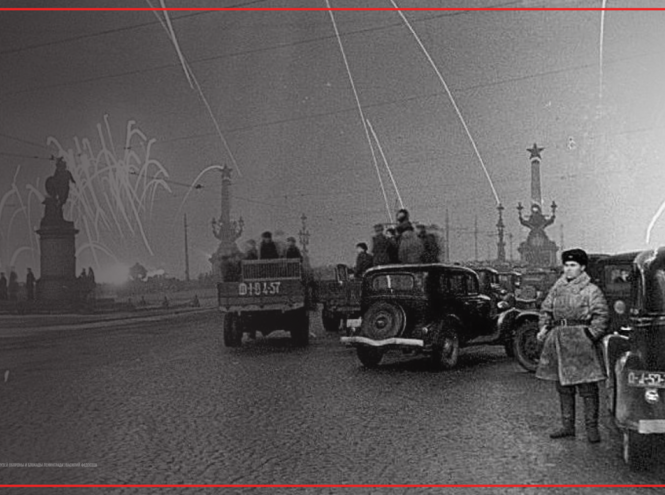The Day of the complete lifting of the blockade of Leningrad
On January 27, 1944, one of the most tragic episodes of the Great Patriotic War ended: the siege of Leningrad, which had lasted 872 days, was completely lifted.
The historical significance of the defense of Leningrad is enormous. The Soviet troops, having stopped the fascists near Leningrad, turned it into a powerful bastion of the entire Soviet-German front in the northwest.
Leningrad is the only city in world history that has been able to withstand an almost 900-day encirclement. The blockade ring closed around Leningrad on September 8, 1941, on the 79th day of the Great Patriotic War. Hitler's plans left Leningrad with no future: the German leadership and Hitler himself expressed their intentions to raze the city to the ground. Similar statements were made by the leadership of Finland, Germany's ally in the military actions to blockade Leningrad.
2 million 544 thousand inhabitants, including 400 thousand children, were in Leningrad at the time of the blockade. According to the plans of the Nazi command, Leningrad was to be wiped off the face of the earth, and the city's population was to die of hunger and cold. The enemy conducted fierce barbaric bombardments, making several raids and shelling per day. In total, 150,000 shells were fired at the city during the blockade, and over 107,000 incendiary and high-explosive bombs were dropped. The siege of Leningrad became the bloodiest blockade in the history of mankind. But the very first months of the blockade showed that the Leningraders would defend their city to the end, and all enemy attempts to force Leningrad to capitulate in the fall of 1941 failed.
Together with all Leningraders, the staff and students of our university joined the ranks: they participated in the defense of the city and the construction of defensive structures around Leningrad.
The Institute was evacuated in March 1942, but the equipment and property were not removed, and a small group of staff remained to protect them, along with 75 workshop workers. It was possible to organize training sessions for senior students (there were 16 of them left in Leningrad), which were not interrupted even during shelling and bombing. The Institute building was hit by 8 long-range shells during 1943-1944, one of which, having penetrated three floors, fell on a tiled stove in the telegraph laboratory, but did not explode.
There are fewer and fewer eyewitnesses of those terrible years of the siege, and the responsibility for preserving the memory of besieged Leningrad lies with us. Low bow to our veterans and blockade survivors for their feat, eternal glory to the Leningraders and defenders of the city, who won freedom at the cost of their own lives!
We wish veterans and all residents of St Petersburg peace and goodness, happiness and prosperity!
 27 march
SPbSUT сelebrated Navruz
27 march
SPbSUT сelebrated Navruz
 18 march
SPbSUT and the Russian-Balkan Center of Cultural and Business Cooperation signed an Agreement
18 march
SPbSUT and the Russian-Balkan Center of Cultural and Business Cooperation signed an Agreement
 13 march
SPbSUT and the Russia-Latin America Business Center signed an agreement of cooperation
13 march
SPbSUT and the Russia-Latin America Business Center signed an agreement of cooperation
 12 february
Prospects for cooperation with universities in the Balkan Peninsula
12 february
Prospects for cooperation with universities in the Balkan Peninsula
 22 january
SPbSUT satellite works in space
22 january
SPbSUT satellite works in space
 20 january
Day of the Breakthrough of the Leningrad Blockade
20 january
Day of the Breakthrough of the Leningrad Blockade
 26 december
Foreign students visited the Museum of New Year
26 december
Foreign students visited the Museum of New Year
 16 december
SPbSUT in the regions of Kazakhstan
16 december
SPbSUT in the regions of Kazakhstan
 4 december
Foreign students visited the National show-museum "Grand Maket Rossiya"
4 december
Foreign students visited the National show-museum "Grand Maket Rossiya"
 21 november
International cooperation at SUT is heading for eastwards
21 november
International cooperation at SUT is heading for eastwards
 16 october
SPbSUT scientists at the Global Symposium on Standardization
16 october
SPbSUT scientists at the Global Symposium on Standardization
 2 october
SPbSUT welcomed guests from Vietnam
2 october
SPbSUT welcomed guests from Vietnam
 4 september
Welcome to the family!
4 september
Welcome to the family!
 3 september
Day of Solidarity in the Fight against Terrorism
3 september
Day of Solidarity in the Fight against Terrorism
 24 july
"A lot of impressions and emotions!": students completed their studies in China
24 july
"A lot of impressions and emotions!": students completed their studies in China
 22 july
SPbSUT welcomed colleagues from the college of Turkey
22 july
SPbSUT welcomed colleagues from the college of Turkey
 11 july
Graduation ceremony at the Preparatory Department for Foreign Citizens
11 july
Graduation ceremony at the Preparatory Department for Foreign Citizens
 8 july
SPbSUT students at the International Summer School in China
8 july
SPbSUT students at the International Summer School in China
 26 june
SPbSUT is included in the Forbes university ranking
26 june
SPbSUT is included in the Forbes university ranking
 28 may
The winners of “Legends” were announced at SPbSUT
28 may
The winners of “Legends” were announced at SPbSUT





